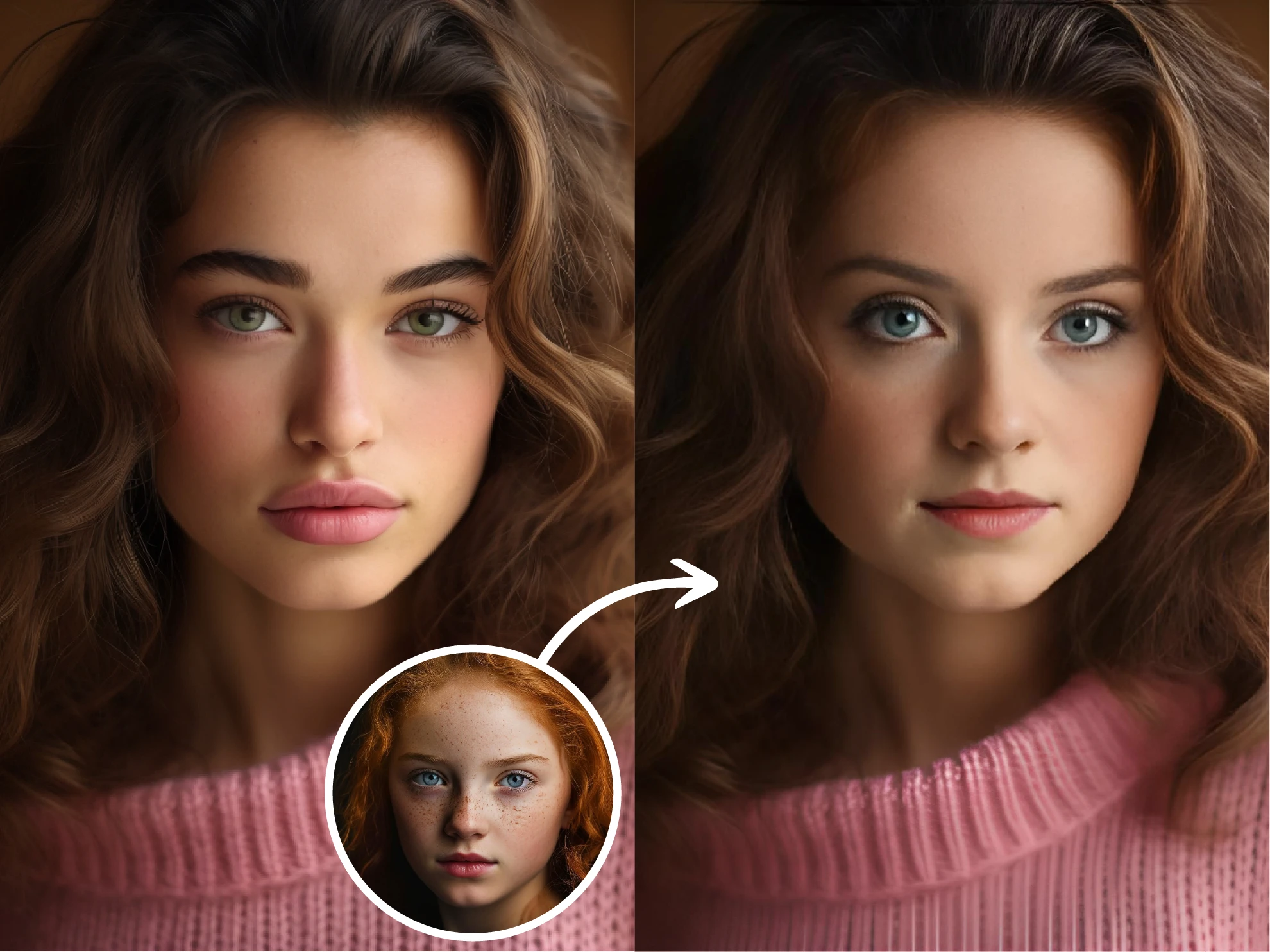In recent years, video face swap technology has become increasingly popular, allowing users to seamlessly replace one person’s face with another in a video. This innovative technology has been widely used in entertainment, social media, and even in creating realistic deepfake videos. In this blog post, we will explore the evolution of video face swap technology, its applications, and the ethical considerations surrounding its use.
Table of Contents
Evolution of Video Face Swap Technology
Video face swap technology has come a long way since its inception. Initially, the process of swapping faces in a video was a complex and time-consuming task that required advanced editing skills. However, with the advancement of machine learning and artificial intelligence, face swap apps and software have become more accessible to the general public.
One of the earliest examples of video face swap technology can be traced back to the development of Snapchat filters, which allowed users to overlay animated masks and facial features onto their own faces in real-time. This laid the groundwork for more sophisticated face swap apps and software that emerged in the following years.
Today, there are multiple face swap tools such as MioCreate that offer easy-to-use tools for swapping faces in videos. These tools utilize facial recognition algorithms and machine learning to accurately track and replace faces in real-time, creating seamless and realistic results.
Applications of Video Face Swap Technology
The applications of video face swap technology are diverse and far-reaching. In the entertainment industry, face swap technology has been used to create comedic videos, music parodies, and even to bring deceased actors back to life in films. Additionally, face swap apps have gained popularity on social media platforms, allowing users to create engaging and humorous content.
Moreover, video face swap technology has been utilized in creating deepfake videos, where a person’s likeness is superimposed onto another individual’s body in a realistic manner. While this technology has raised concerns about misinformation and its potential to deceive viewers, it has also sparked discussions about the ethical use of such technology.
As video face swap technology continues to advance, ethical considerations surrounding its use have become increasingly important. The potential for misuse of this technology, such as creating fake news or non-consensual explicit content, raises concerns about privacy and digital manipulation.
Furthermore, the use of video face swap technology in creating deepfake videos has raised ethical questions about the implications for public figures and the potential for misinformation. It is crucial for users and creators to be aware of the ethical implications of using this technology and to consider the impact of their content on others.
In conclusion
Video face swap technology has revolutionized the way we interact with videos, offering endless creative possibilities. However, it is crucial to be mindful of the ethical considerations surrounding its use and to ensure that its potential for misuse is addressed. By approaching this technology with awareness and responsibility, we can harness its benefits while minimizing its negative impact on society.
